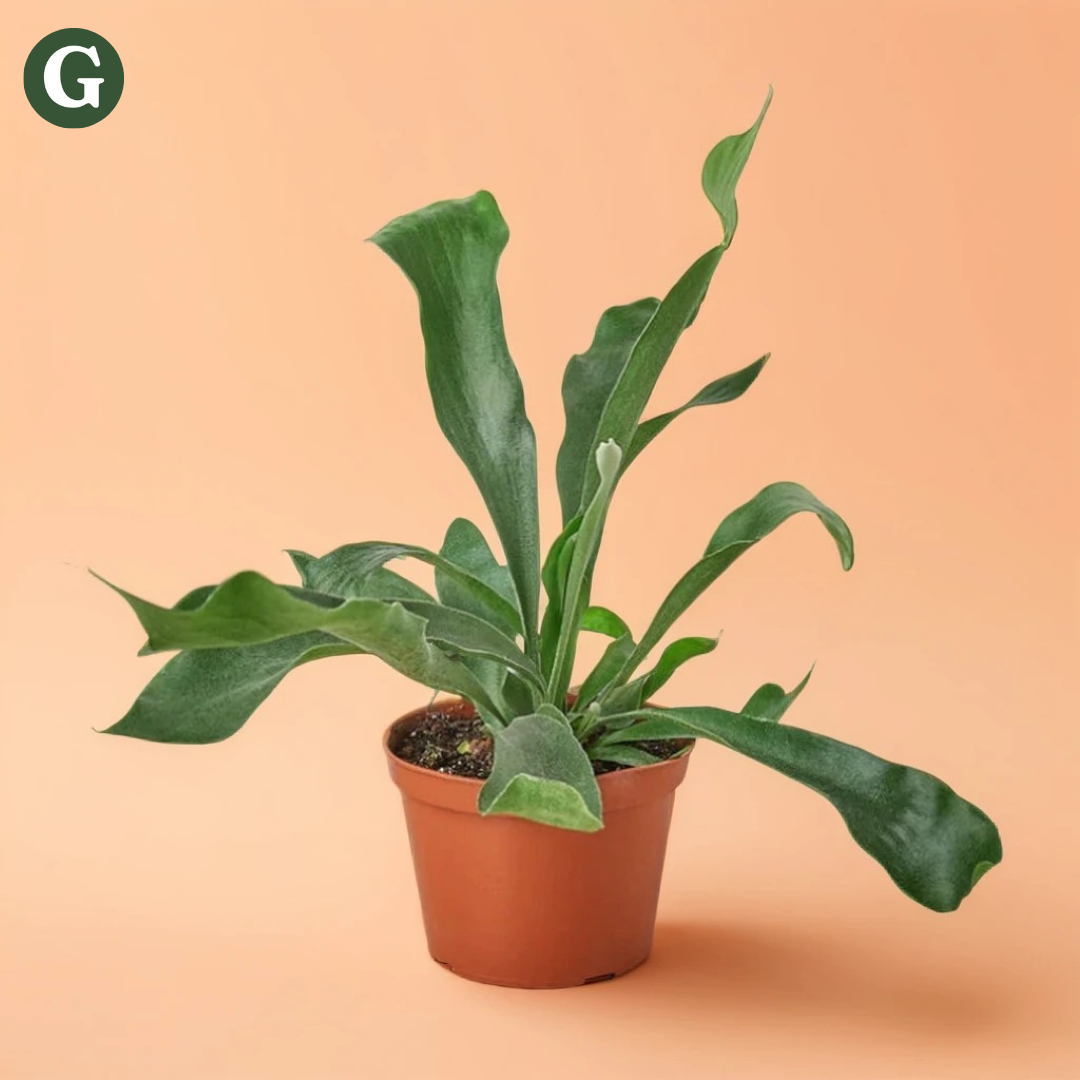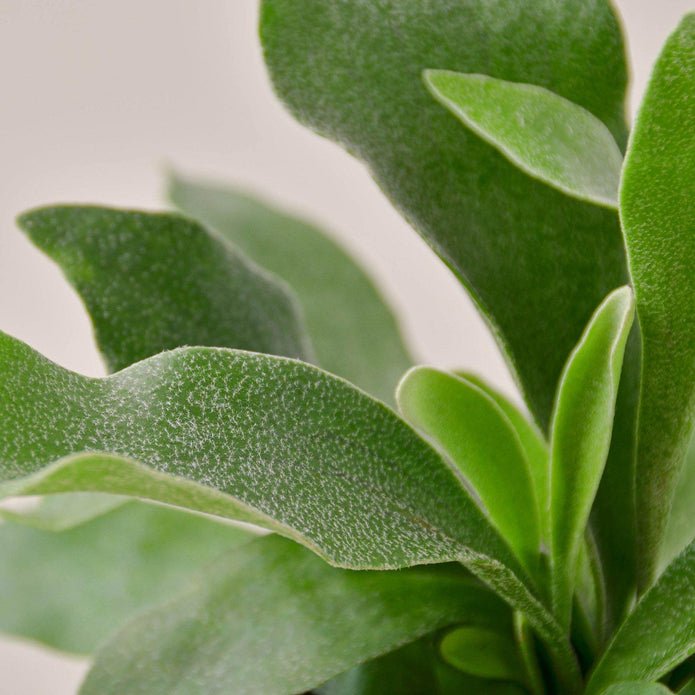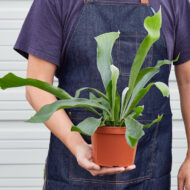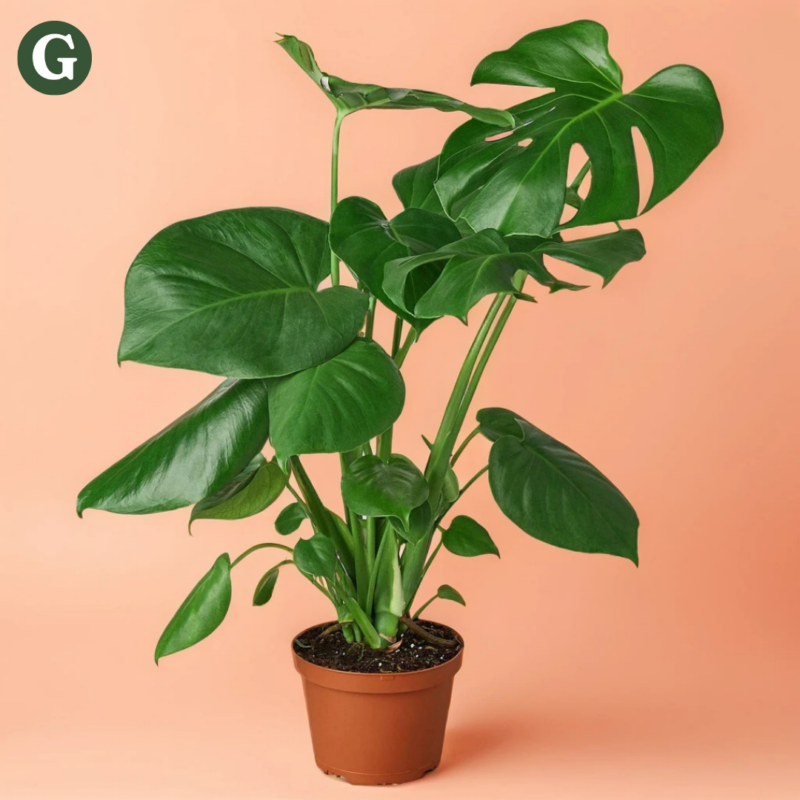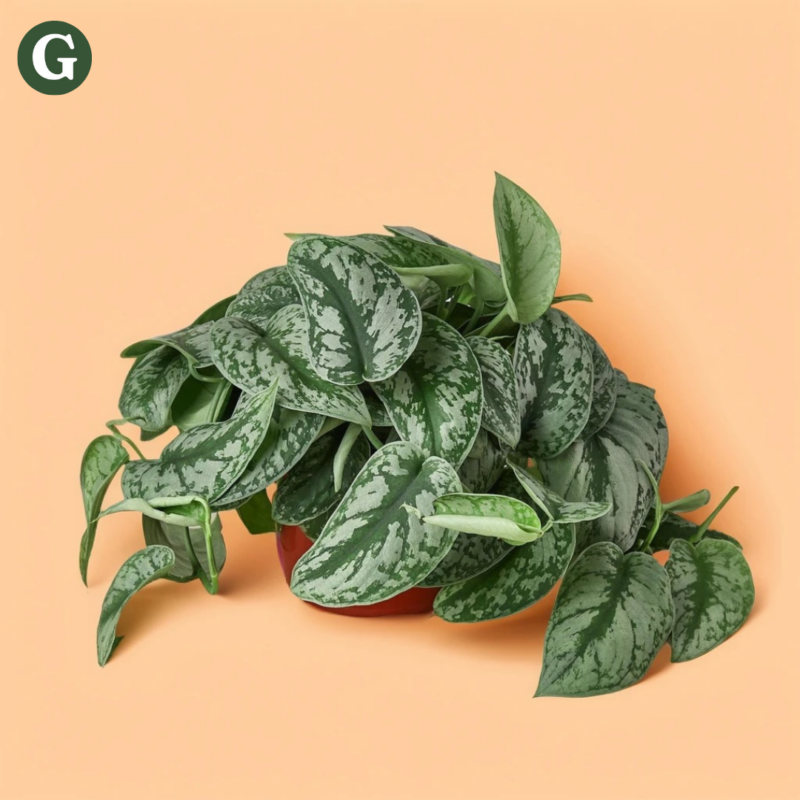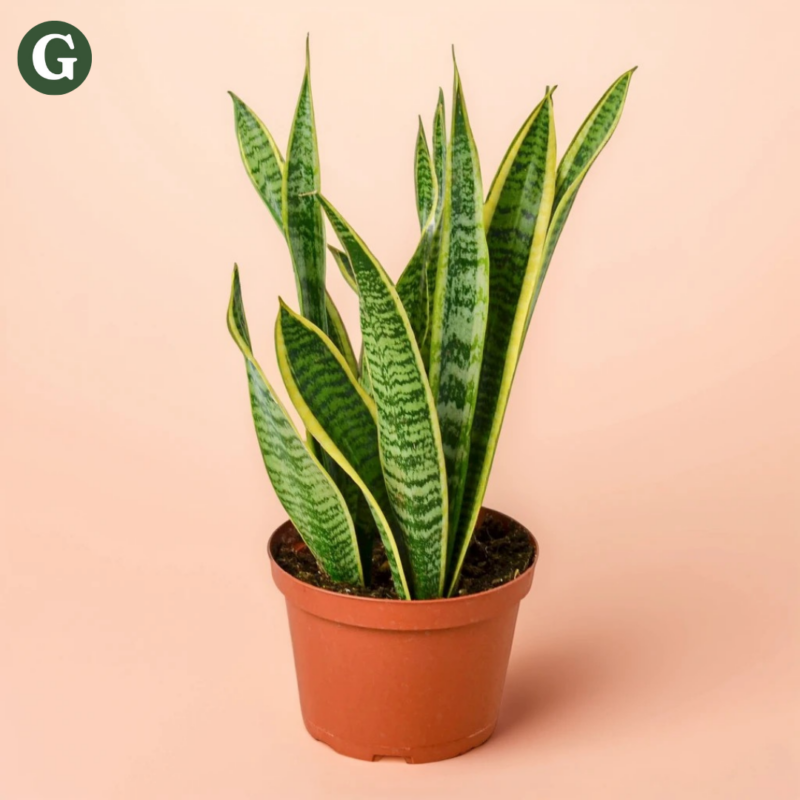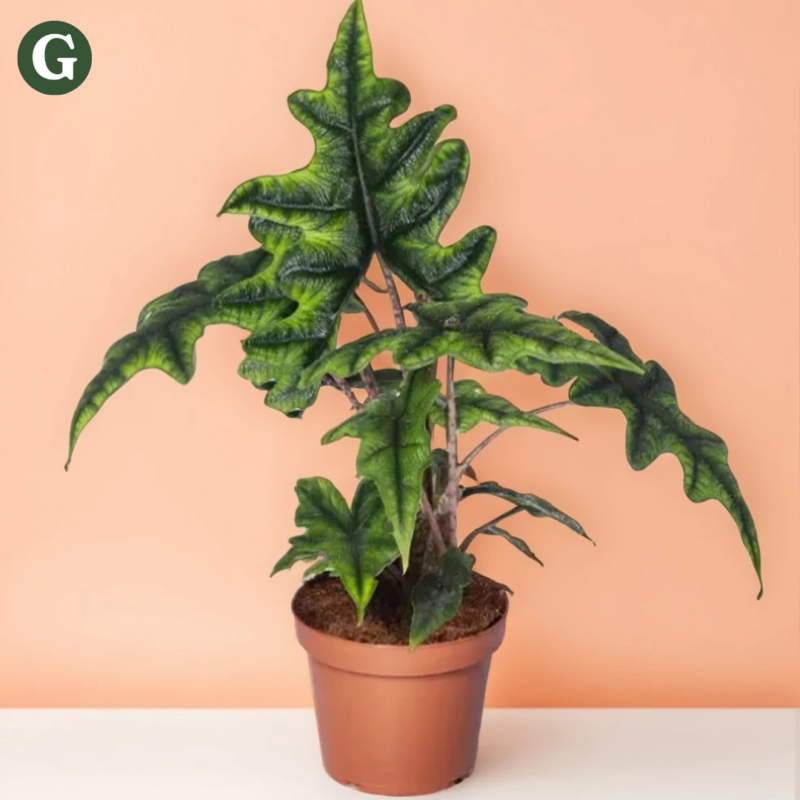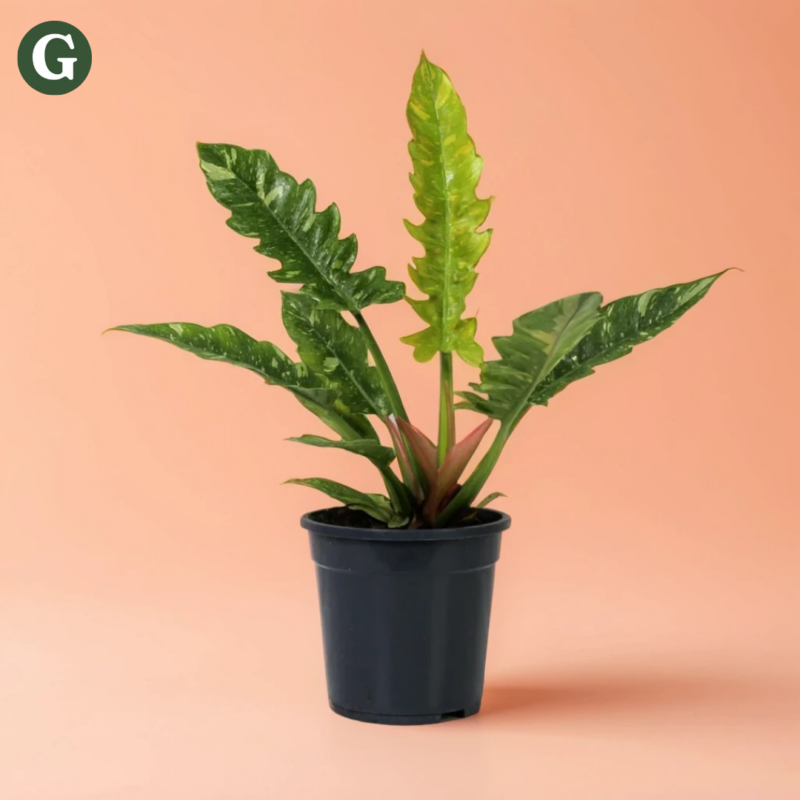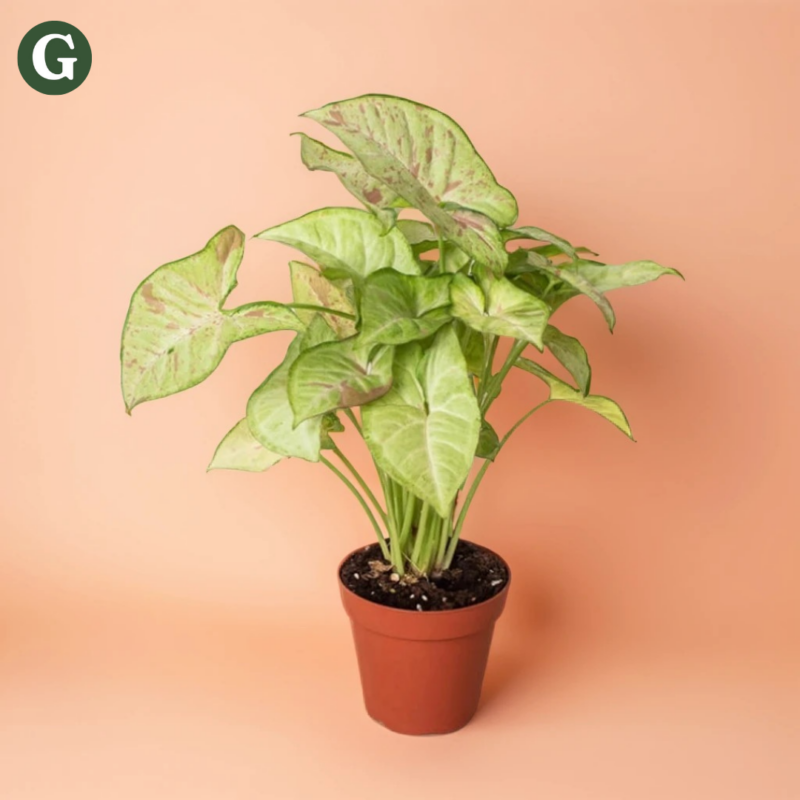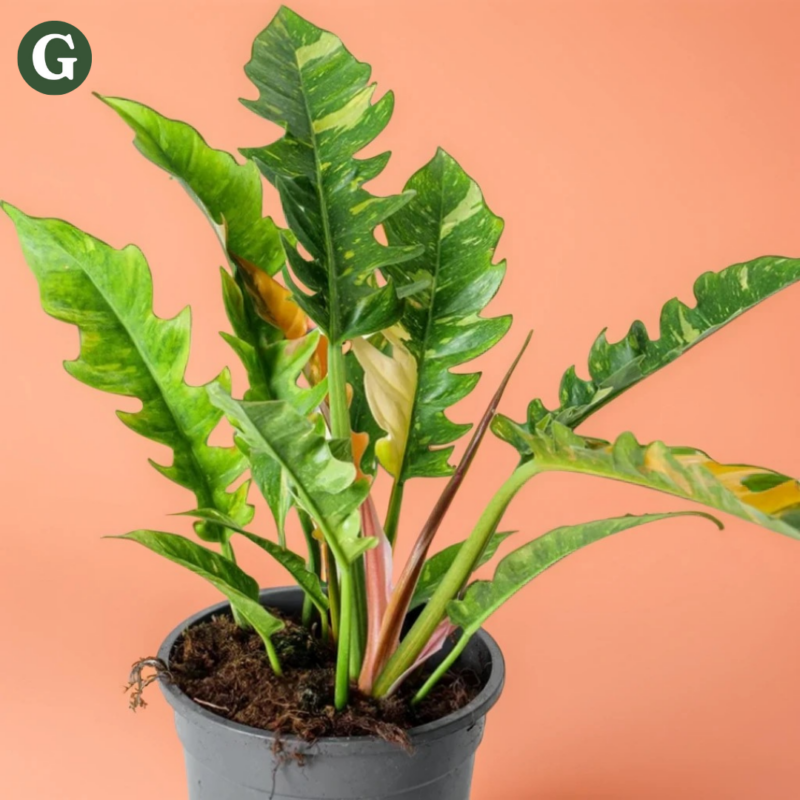Staghorn Fern
Botanical Name: Platycerium spp.
Common Name(s): Staghorn Fern, Elkhorn Fern
The Staghorn Fern is a striking and unique epiphytic fern that originates from tropical and subtropical regions of the world, including Southeast Asia, Africa, and Australia. This fern is renowned for its impressive, antler-shaped fronds that resemble the horns of a stag, giving it its name. The plant's distinctive appearance makes it a standout in any home or garden, with its large, leathery, green fronds that arch outward, creating an elegant, sculptural look. Staghorn ferns grow as epiphytes, meaning they typically grow on other plants or trees in their natural habitat, often attaching themselves to the trunks or branches of larger trees.
Staghorn Ferns are known for their unique growth habit. They have two types of fronds: the large, rounded “shield” fronds, which serve as a base and are often covered with a layer of brown, felt-like material, and the more delicate, antler-like “fertile” fronds, which are long and divide into multiple sections. These fronds create an eye-catching contrast, making the plant look like a work of art. As they grow, these ferns can spread out to about 2-3 feet (60-90 cm) in diameter, with the shield fronds reaching a similar width. Their slow growth rate means that they will remain relatively compact in the early years, but they can eventually become quite large if given the space to grow.
Being an epiphyte, this fern enjoys high humidity and warm temperatures, typically between 60-80°F (16-27°C). It thrives in moist, humid environments, and placing the plant on a humidity tray or regularly misting it can help it maintain its lush appearance.
In terms of watering, the Staghorn Fern prefers to be watered thoroughly but infrequently. Allow the plant to dry out between waterings to avoid overwatering, which can lead to root rot. It’s important not to let water collect in the base or on the shield fronds for extended periods, as this can cause fungal issues. Staghorn ferns are relatively low-maintenance, as they don’t require frequent pruning or repotting. However, the shield fronds may need occasional cleaning, and dead or damaged fronds should be trimmed away to keep the plant looking tidy.
One of the unique aspects of Staghorn Fern care is that they can be mounted on a wooden board or in a hanging basket, mimicking their natural epiphytic growing conditions. This can create a beautiful living wall display or a decorative piece for indoor spaces.
Note: The Staghorn Fern is non-toxic to pets, making it a safe choice for households with cats and dogs.
Care Insights & Expert Tips
- Repotting: Repot every 2-3 years, or when the fern becomes root-bound.
- Prune as needed: Cut off any yellowing or damaged fronds to maintain the fern’s tidy appearance. Trim away any damage fronds.
- Avoid Water Settling: Do avoid water collecting at the base or on the fronds to prevent fungal issues and rot.
- Avoid dry conditions: When grown indoors, mist regularly or place plant in a humidity tray. Very dry air can damage the plant.
- Avoid overfertilizing: Ferns generally don’t require heavy feeding. Too much fertilizer can lead to excessive growth and weaker foliage. Fertilize only once a month during the growing season.

Visit our plant care library
Find essential tips to keep your plants thriving, vibrant, and healthy.
